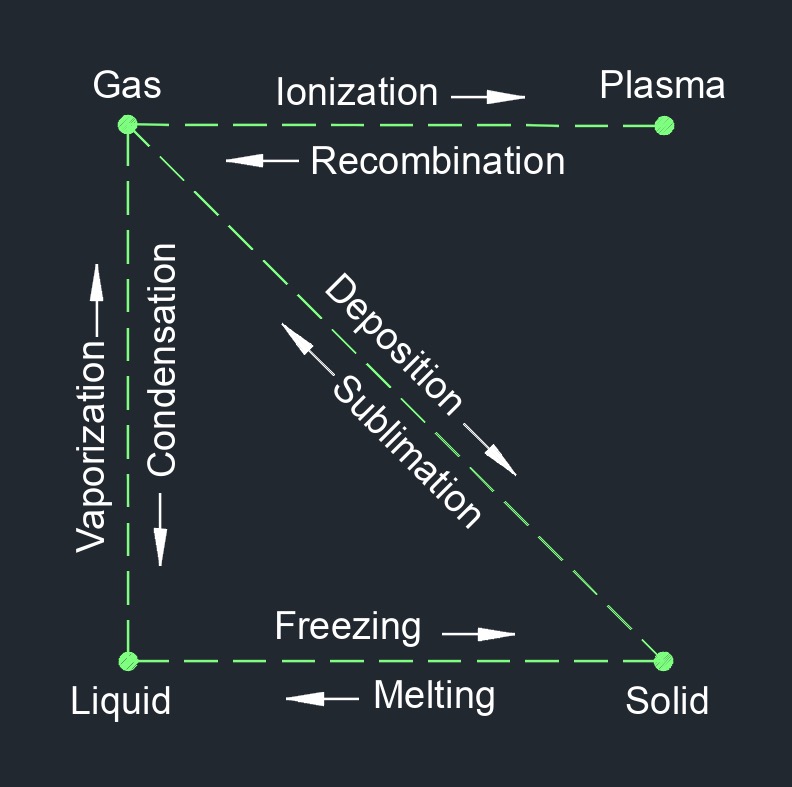Flash Steam
Flash Steam Formula |
||
|
\( FS \;=\; \dfrac{ h_i - h_o }{ Q_l }\) (Flash Steam) \( h_i \;=\; FS \cdot Q_l + h_o \) \( h_o \;=\; h_i - FS \cdot Q_l \) \( Q_l \;=\; \dfrac{ h_i - h_o }{ FS }\) |
||
| Symbol | English | Metric |
| \(FS \) = flash steam (percentage) | \(dimensionless\) | \(dimensionless\) |
| \( h_i \) = specific enthalpy of saturated water at inlet | \(Btu\;/\;lbm\) | \(kJ\;/\;kg\) |
| \( h_o \) = specific enthalpy of saturated water at outlet | \(Btu\;/\;lbm\) | \(kJ\;/\;kg\) |
| \( Q_l \) = latent heat of saturated water at outlet | \(Btu\;/\;lbm\) | \(kJ\;/\;kg\) |
 Flash steam, no standard abbreviated, a dimensionless number, is the spontaneous formation of steam that occurs when high pressure water is suddenly released to a lower pressure environment. It is a phenomenon that arises from the rapid expansion and evaporation of water when its pressure is reduced.
Flash steam, no standard abbreviated, a dimensionless number, is the spontaneous formation of steam that occurs when high pressure water is suddenly released to a lower pressure environment. It is a phenomenon that arises from the rapid expansion and evaporation of water when its pressure is reduced.
The formation of flash steam is based on the principle that the boiling point of water decreases with decreasing pressure. When water is pressurized, its boiling point increases, and it can exist in a superheated liquid state. However, when the pressure is suddenly reduced, such as through a pressure relief valve or a throttling valve, the water is subjected to a lower pressure environment, causing it to instantaneously convert into steam.
Flash steam typically contains a mixture of water vapor and a small amount of suspended water droplets. Its characteristics, including temperature, pressure, and steam quality, depend on factors such as the initial pressure and temperature of the water, the degree of pressure reduction, and the specific properties of the water. Flash steam can be utilized in various industrial applications to recover energy and improve efficiency. It is commonly employed in steam systems, such as steam turbines, where high-pressure condensate or boiler blowdown is discharged to a lower pressure condenser or heat exchanger. By capturing and utilizing the flash steam, energy that would otherwise be wasted can be recovered for heating, preheating, or other process requirements.
To optimize the use of flash steam, it is important to control and manage its release, as well as properly design and size the equipment and piping systems to handle the sudden expansion and energy release. Additionally, considerations such as steam quality, condensate separation, and safety measures should be taken into account to ensure effective and safe operation.

